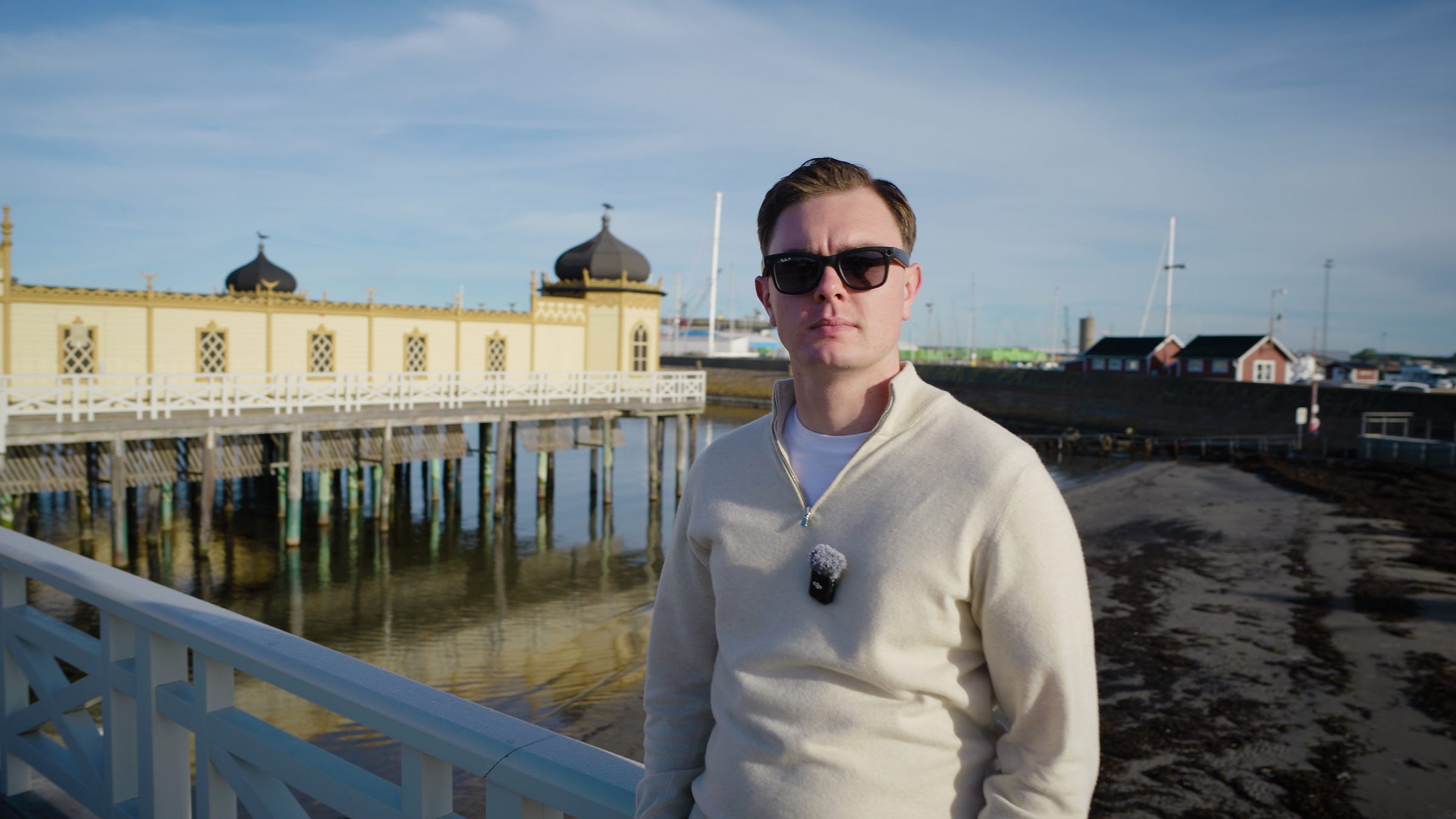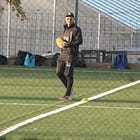The Public Interest Doesn’t End Where the Camera Meets a Child
To those who believe it was wrong of me to film Johan Victorin after football practice: the public interest does not end where the camera meets a child.
Seeking answers from people in positions of power or influence is a fundamental part of journalism. Sometimes it happens in a municipal corridor, sometimes outside a courthouse – and now, on a football field.
When I approached Johan Victorin after a youth training session in Varberg – a man identified as a member of the now terror-designated Rose City Antifa – it wasn’t about confrontation. It was about public accountability. The U.S. government has identified him as a security threat, yet he has been given the responsibility of coaching young boys.
A small number of people may criticize my approach – but journalism is not about avoiding discomfort. It’s about asking the questions others don’t dare to ask.
My question was simple:
“The White House has recently labeled you a security threat. How do you reconcile that with working with children?”
The question was factual, justified, and asked in a public space. But instead of an answer, I was attacked by a woman who harassed me and tried to grab my camera. She left her crying child behind to shout that everything was “right-wing lies.”
And that’s precisely the problem: when people with a history of violent extremism refuse to answer legitimate questions, and their supporters try to silence scrutiny through emotional outbursts. Children should not be used as human shields to protect adults from journalism.
Children, whether we like it or not, will always be associated with their parents’ actions. A famous – or infamous – parent shapes how others see the child long before they have a chance to form their own reputation. It’s unfair, but unavoidable.
As a journalist, I follow the ethical rules of the press. I give the accused a chance to respond, film in public spaces, and never publish identifiable footage of children who are not part of the story. My mission is to investigate – not to create discomfort.
There is a clear pattern: when far-right groups are investigated, it’s done with full force. But when it comes to violent far-left extremism, there is a deafening silence. If a neo-Nazi were coaching children in a Swedish football club, the media storm would be immediate. Yet when a far-left extremist starts a new life in Sweden, suddenly no one wants to touch the issue.
Christian Peterson




